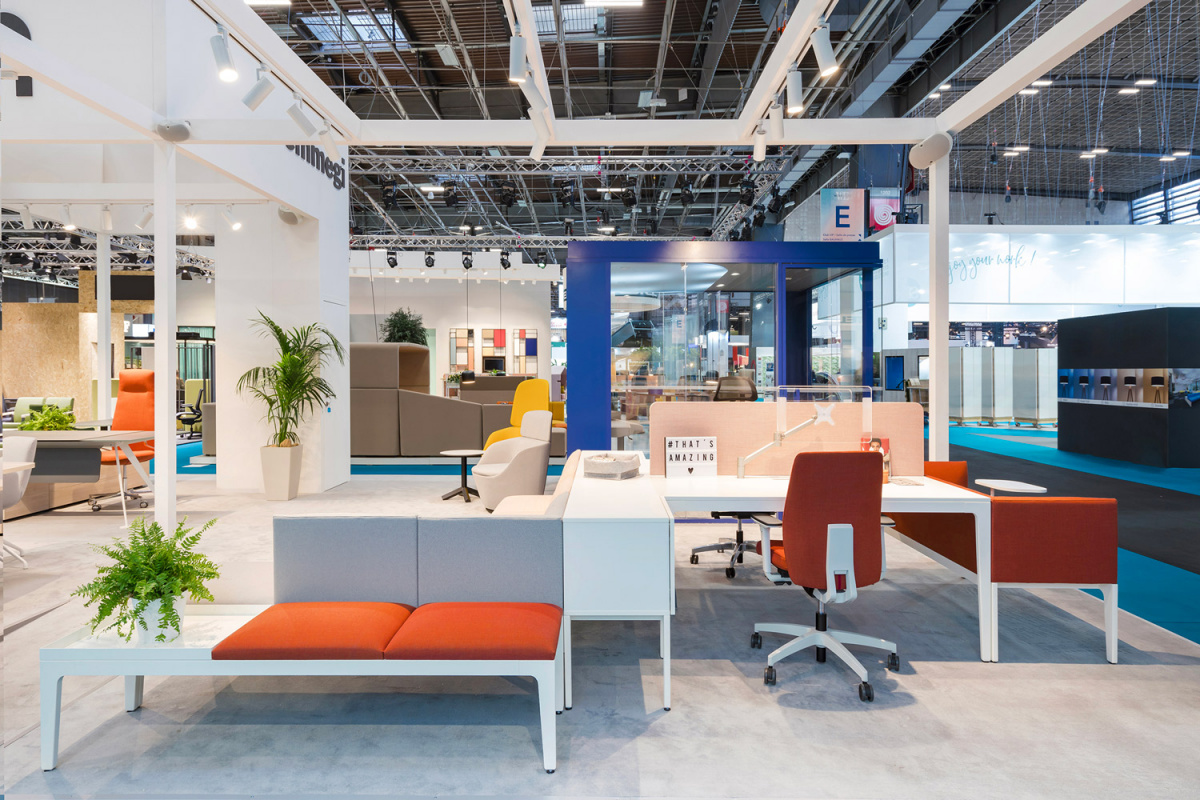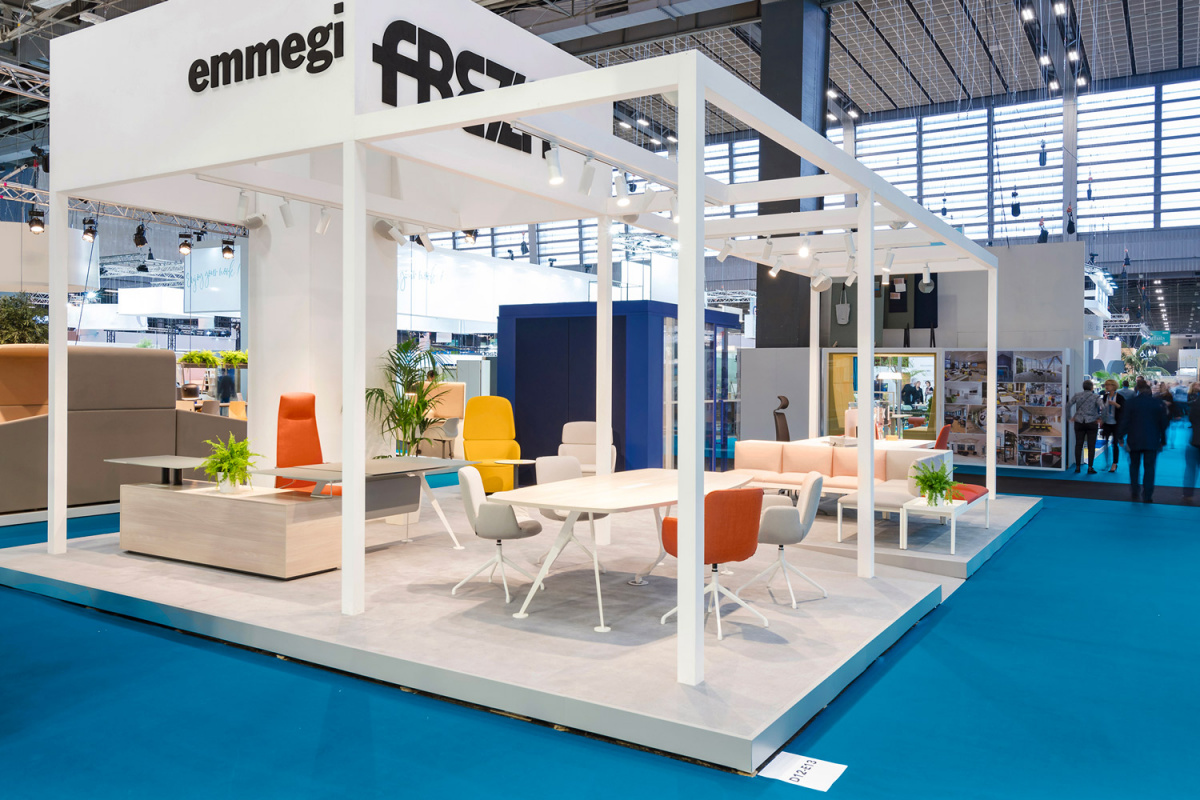For more than two years, there was no contact: no trade fairs, no events and no chance to see first-hand what products were being launched.
In 2022 however we reunited: one step at a time, with a few restrictions, but finally face to face and physically in the same place.
A very different experience from the one the pandemic and the multiple lockdowns forced us into.
People in the last three years have become increasingly technologically competent, and the events held for online audiences set the bar high: the digital world opened its doors even to those who were previously hesitant. This evolution was necessary, but left a small void behind it, that “wow factor” that only real presence can create.
Trade fair visitors, like museum or exhibition visitors, are looking for something more: they want to feel part of an exclusive club and be guided and pampered by those who are welcoming them. They travel, sometimes even thousands of kilometres, to fully immerse themselves in the trade fair experience and the little worlds created by the brands on each stand.
From a different perspective, we have to consider the value that trade fairs have for companies: they are one of the main communication tools both for small companies and large industries. Trade fairs make it easier to reach potential customers, increase brand awareness and keep up with market trends.
How can the virtual world replace all of this?
In short, it cannot. Or rather, not entirely, because going back is no longer possible.

The evolution of trade fairs: the hybrid event
As anticipated, people in recent years have become accustomed to extensive use of digital tools and expect brands to continue to evolve in terms of virtual experiences. Trade fairs are no exception.
The market evolution is moving towards a hybrid model, just like the world of work. The future prospect is a synergy between online and offline, where the trade fair stands open up to users worldwide, allowing even those who are far away to discover and interact with new products and engage individually with experts.
There are different ways to create a hybrid event, from ‘simple’ day-by-day coverage on social media to the use of Augmented Reality (AR), which amplifies the physical experience, or Virtual Reality, which recreates it online.
During events, especially presentation or educational ones, livestreaming has become almost compulsory: visitor interaction arrives simultaneously from inside and outside the event, sparking conversations and laying the foundations for new partnerships.
Trade fairs therefore become more than just a meeting place where one can engage with a new audience, but also a source of original content that can be used and shared over time with partners, suppliers, customers and new contacts.
This new challenge, which has great potential, shouldn’t be overlooked. And Frezza is ready this time too.


